Table of Contents
- Introduction: Why Pork Ribs Bone-In Are Essential for Perfect Flavor
- Spice Science: How Each Ingredient Creates Perfect Ribs
- Top 5 Spice Rubs for Pork Ribs Bone-In: Tested & Proven
- Step-by-Step Guide: Seasoning & Cooking for Fall-Off-The-Bone Results
- Buying Guide: Essential Ingredients and Tools for Rib Success
- Frequently Asked Questions About Pork Ribs Bone-In Seasoning
- Conclusion: Master Your Ribs with Confidence
Introduction: Why Pork Ribs Bone-In Are Essential for Perfect Flavor
Pork ribs bone-in seasoning is the foundation of unforgettable ribs. Whether you're smoking, grilling, or baking, the right spice rub transforms humble meat into a flavorful masterpiece. In this guide, you'll discover the science behind rib rubs, step-by-step seasoning techniques, and expert tips for fall-off-the-bone tenderness every time.
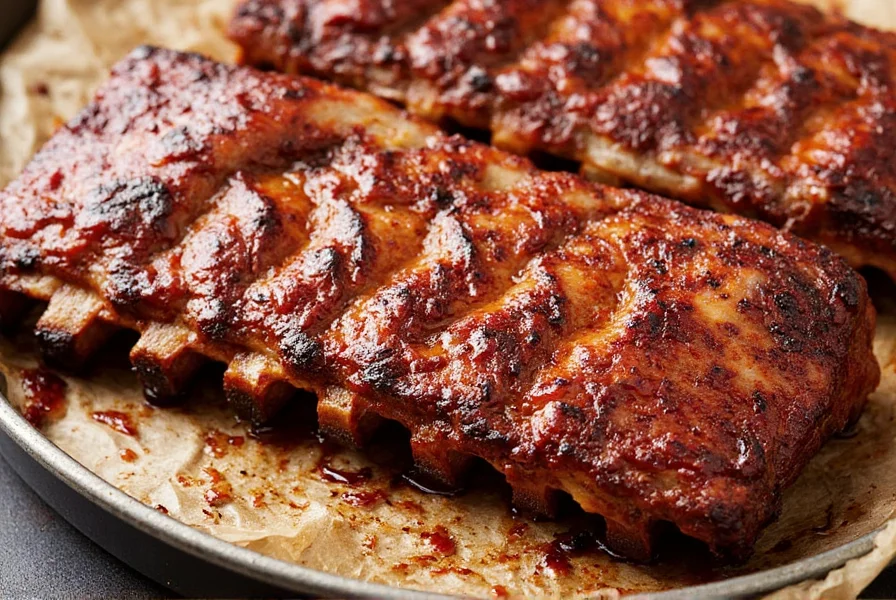
The key to perfect ribs lies in understanding why bone-in cuts matter. Bones conduct heat evenly, lock in moisture, and create that signature bark crust. This guide covers everything from spice chemistry to cooking temperatures—no guesswork needed.
Spice Science: How Each Ingredient Creates Perfect Ribs
Seasoning isn't just about throwing salt and pepper on meat. A great rib rub balances sweetness, heat, smoke, and umami for maximum flavor. Here's why each ingredient matters:
- Salt: Enhances flavor and draws out moisture for bark formation (the flavorful crust on ribs).
- Brown Sugar: Caramelizes during cooking, adding sweetness and a glossy finish.
- Paprika: Provides color and mild earthiness; smoked paprika adds depth.
- Garlic & Onion Powder: Deliver savory umami notes that complement meat.
- Black Pepper: Adds subtle heat and aroma without overwhelming.
- Cayenne: For controlled heat; adjust to your preference.
- Mustard Powder or Celery Seed: Secret ingredients for restaurant-style depth and complexity.
Pro Tip: Use a Binder First
Before applying the rub, use a light coat of yellow mustard, olive oil, or Worcestershire sauce as a binder. This creates a sticky surface that helps spices adhere and infuses extra flavor into the meat.
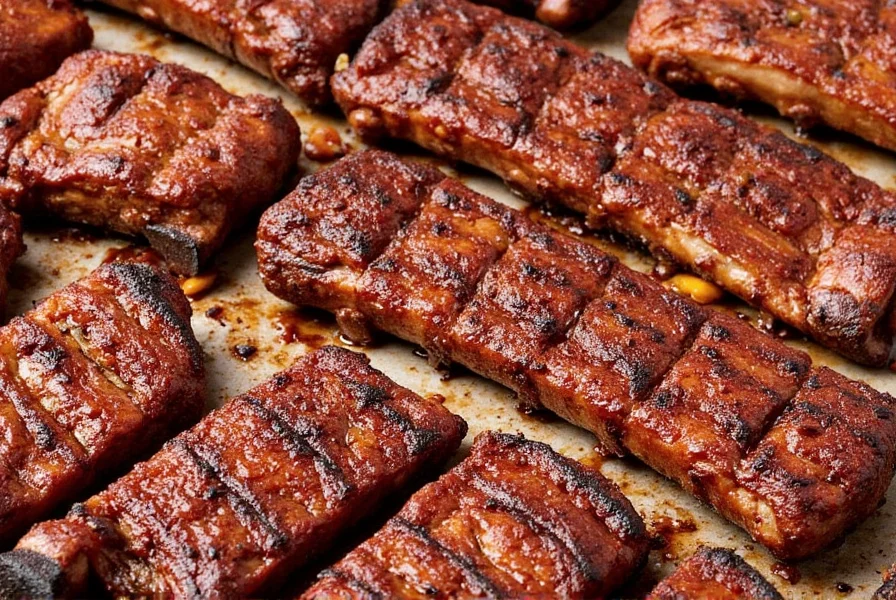
Top 5 Spice Rubs for Pork Ribs Bone-In: Tested & Proven
| Rub Type | Main Flavors | Best For | Heat Level |
|---|---|---|---|
| Classic Southern | Smoky paprika, brown sugar, garlic | Low-and-slow smokers | ★☆☆ |
| Carolina Kick | Vinegar, cayenne, black pepper | Barbecue purists | ★★☆ |
| Texas Heat | Chili powder, cumin, onion powder | Grill masters | ★★★ |
| Honey Bourbon | Bourbon, honey powder, cinnamon | Weekend entertaining | ★☆☆ |
| Asian Fusion | Sesame, ginger, five-spice | Experimental cooks | ★☆☆ |
Customize It!
Don't be afraid to mix and match. Want a sweet-and-spicy combo? Add a touch of cocoa powder to deepen the flavor profile. Feeling tropical? Try coconut sugar instead of regular brown sugar for a subtle island twist.
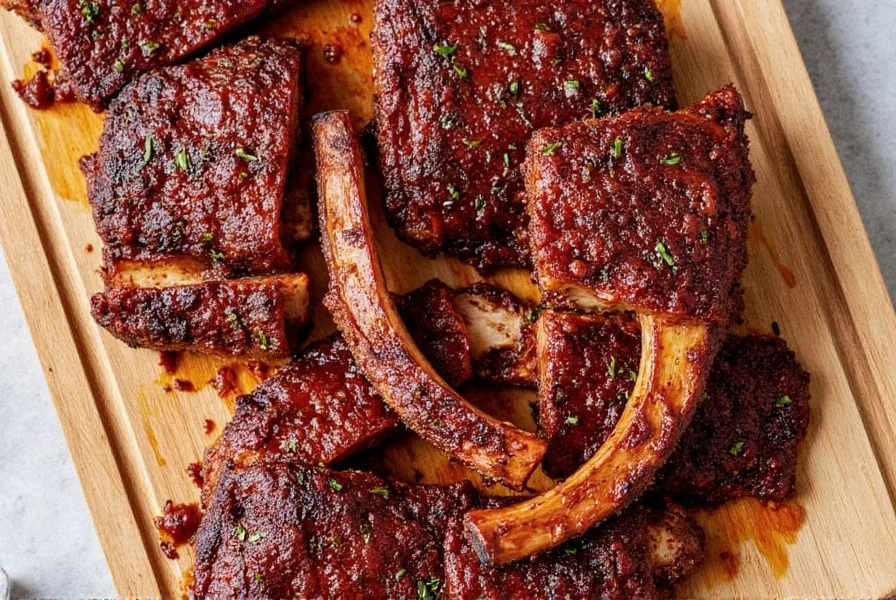
Step-by-Step Guide: Seasoning & Cooking for Fall-Off-The-Bone Results
Now that we've covered the science, here's a foolproof method for perfect ribs:
- Prep the Ribs: Remove the membrane (silver skin) from the bone side using a butter knife and paper towel. Rinse and pat dry thoroughly.
- Apply the Binder: Spread a thin layer of yellow mustard or olive oil over both sides to help spices stick.
- Coat with Rub: Press the dry rub evenly into the meat. Use 2-3 tablespoons per rack for full coverage.
- Rest and Marinate: Wrap in plastic and refrigerate for 8-12 hours (overnight) for maximum flavor penetration.
- Cook Low and Slow: Smoke at 225°F (107°C) for 4-5 hours or grill using indirect heat. Maintain consistent temperature for even cooking.
- Wrap and Rest: Wrap in foil with apple juice or butter and let rest for 30 minutes before serving. This redistributes juices for tender, moist meat.
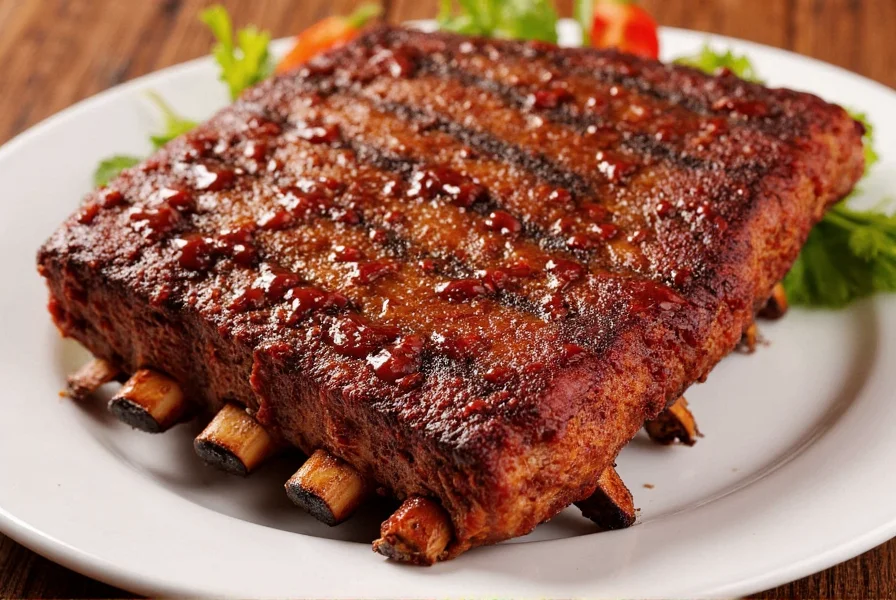
Pro Tip: The Bend Test for Doneness
Ribs are perfectly cooked when they bend easily when lifted with tongs and small cracks form in the bark. Internal temperature should reach 195-205°F (90-96°C). Never skip the resting step—this is where the magic happens!
Buying Guide: Essential Ingredients and Tools for Rib Success
| Product | Description | Features | Use Case | Target Audience |
|---|---|---|---|---|
| Stubb's Original Dry Rub | A classic blend of sugar, salt, paprika, and spices | Pre-mixed, balanced flavor, easy to use | Perfect for beginners or quick meals | Amateur chefs, busy parents |
| McCormick Gourmet Sweet BBQ Rub | Sweet molasses base with hints of clove and cinnamon | Ready-to-use, shelf-stable, kid-friendly | Family dinners, potlucks | Home cooks, casual grillers |
| Meat Church Holy Cow Rub | Smoky, sweet, and slightly spicy with chipotle | High-quality ingredients, bold taste | Competition-level cooking, serious foodies | BBQ enthusiasts, pros |
| Cast Iron Smoker Box | For adding wood-smoked flavor on gas grills | Durable, reusable, enhances char flavor | Backyard smokers without a dedicated smoker | Grill lovers, apartment dwellers |
| Instant Read Meat Thermometer | Ensures perfect doneness without guessing | Fast readings, accurate, durable | Checking rib tenderness during cooking | All skill levels |
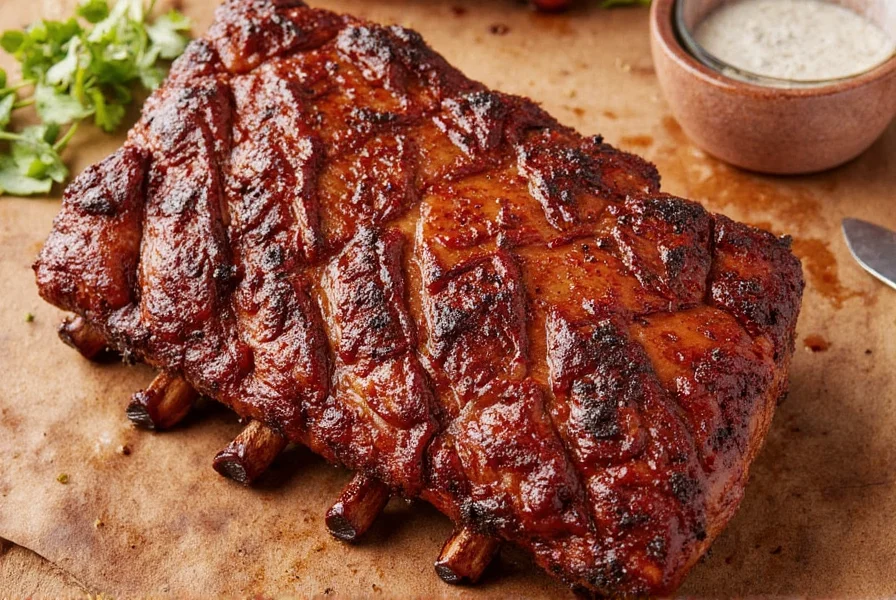
Where to Buy:
- Grocery Stores: Walmart, Whole Foods, Trader Joe's
- Online: Amazon, BBQ specialty shops like AmazingRibs.com
- Local Markets: Butcher shops often carry custom blends and local products
Frequently Asked Questions About Pork Ribs Bone-In Seasoning
What's the difference between bone-in and boneless pork ribs?
Bone-in pork ribs retain their natural bone structure, which provides better heat distribution, moisture retention, and flavor transfer during cooking. The bone acts as a natural insulator and contributes to the signature "fall-off-the-bone" texture. Boneless ribs are often reformed meat that lacks authentic texture and flavor depth.
How long should I let the rub sit on pork ribs before cooking?
For optimal flavor penetration, let your rub marinate on the ribs for 8-12 hours (overnight). This extended resting time allows salt to penetrate deeper into the meat and spices to meld with natural flavors. Always refrigerate ribs during marination to maintain food safety.
Should I remove the membrane from pork ribs before seasoning?
Absolutely! The thin membrane (silver skin) on the bone side doesn't break down during cooking and creates a tough barrier that prevents flavor penetration. Use a butter knife to lift the edge, then grip it with a paper towel and peel it off in one piece before applying binder and rub.
What's the best temperature for cooking pork ribs bone-in?
The ideal temperature for slow-cooking pork ribs is 225°F (107°C). This low-and-slow approach breaks down connective tissues without drying out the meat. At this temperature, ribs typically take 4-5 hours to reach perfect tenderness. Use an instant-read thermometer to confirm doneness—ribs are ready when they reach 195-205°F (90-96°C) internally and bend easily when lifted with tongs.
How do I know when pork ribs bone-in are fully cooked?
Ribs are done when they pass the "bend test": pick them up with tongs from one end—they should bend easily with small cracks forming in the bark. Internal temperature should be 195-205°F (90-96°C), and meat should pull back from the bones by 1/4 to 1/2 inch. Remember that ribs continue cooking slightly while resting, so remove them just before reaching peak tenderness.
Can I use the same rub for other meats besides pork ribs?
Most rib rubs work wonderfully on other meats with minor adjustments. The Classic Southern and Texas Heat rubs are versatile for chicken, beef brisket, or roasted vegetables. For leaner meats like chicken breasts, reduce salt content. The Asian Fusion rub pairs perfectly with salmon or pork tenderloin. Always consider fat content and cooking times for different proteins.
Conclusion: Master Your Ribs with Confidence
Whether you're a weekend warrior or a seasoned pitmaster, mastering pork ribs bone-in seasoning unlocks endless flavor possibilities. With the right spice science, precise techniques, and attention to detail, you can transform simple ingredients into restaurant-quality ribs.
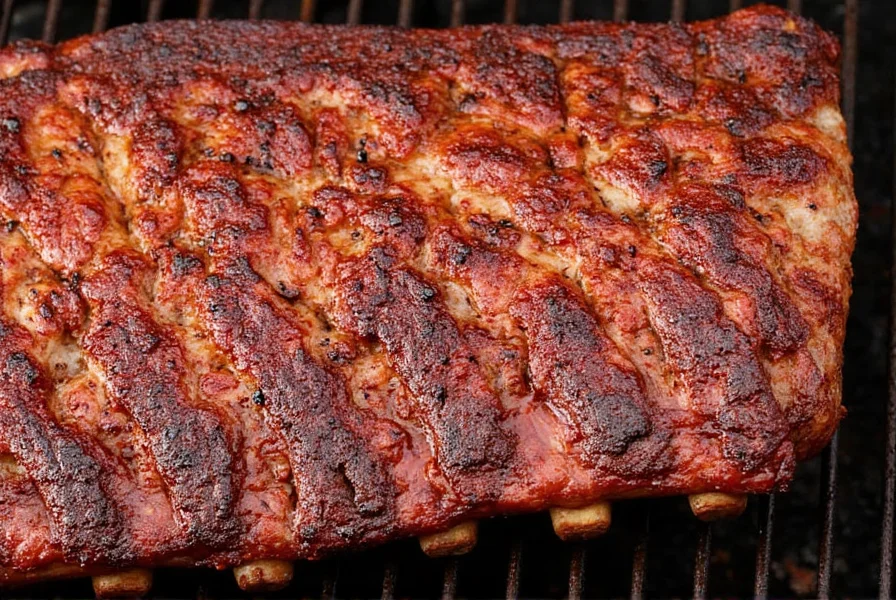
Experiment fearlessly—try new rub combinations, adjust cooking times, and savor every bite. After all, the best ribs are made with passion, patience, and perfect seasoning!

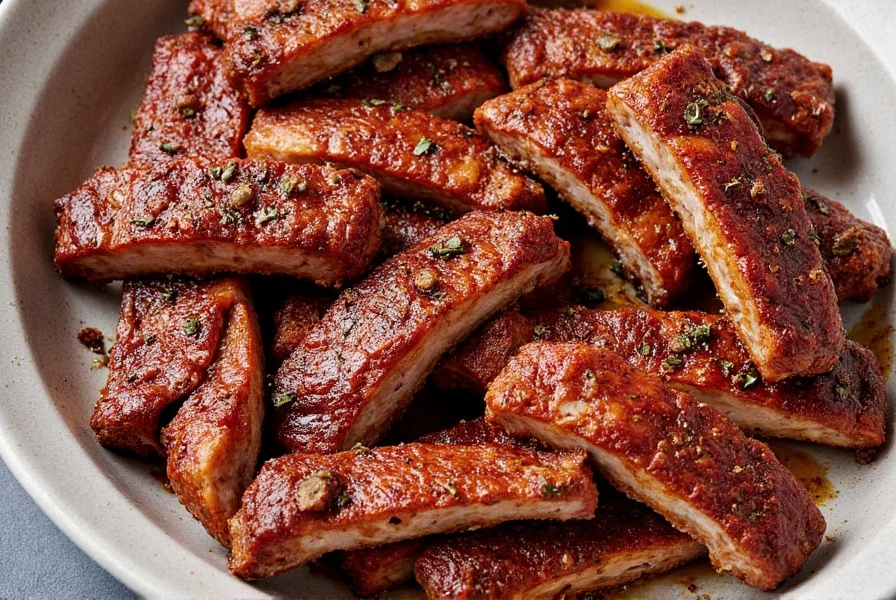









 浙公网安备
33010002000092号
浙公网安备
33010002000092号 浙B2-20120091-4
浙B2-20120091-4